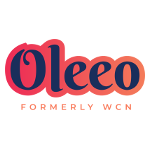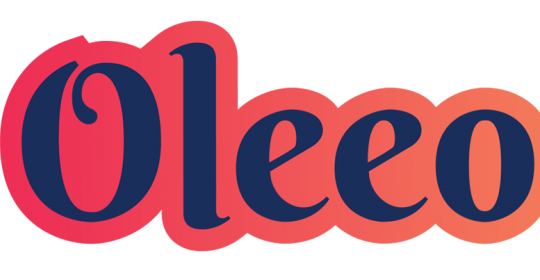In recruiting, Big Data or AI reveals which applicants are a better fit for positions within the company, correlating skills and work values to numbers and percentages. It’s not about the name on the CV or cultural background of an interviewee. Instead, companies can focus on the candidates with the right expertise, experience and potential to be productive within their already established teams, provided the humans in the equation eschew their own biases.
But for many this is more difficult than it perhaps ought to be! More often than not, recruiting teams are doing what they’ve always done, seeing the same candidates and visiting the same events. Spending budgets are always categorized to suit those practices, sometimes introducing a new avenue, but lacking real understanding of what those additions are bringing to the table. Meanwhile, those traditional, long-standing programs aren’t getting the audits required to understand actual return on investment.
It’s all in line with the adage, “If you always do what you’ve always done, you’ll always get what you’ve always got.”
Yet, for more diversity, organisations need the ability to see underlying potential or lack thereof. Does that university’s career fair actually bring in the right applicants or are you wasting precious resources on it every year? How about those niche job boards? Is your targeted talent finding your job posting and are they actually fitting your needs?
Diversity & inclusion can’t just be done on a whim. You need to set aspirational goals based on your historic data and then start to construct a customised event/workshop that meets these goals. Your previous successes will help to identify partners or professional groups who can also help build credibility alongside representative members of your existing team. If a culture doesn’t include or develop diverse employees, then you won’t be able to sustain a diverse workforce in the long term.
Remember, the ultimate goal is to contribute to your corporate brand reputation, expanding your network of diverse professionals and increasing cultural awareness among current employees. Overall this makes complete business sense, a 2015 study from Bersin by Deloitte showed that diverse companies had 2.3 times higher cash flow per employee over a three-year period than non-diverse companies did.
So, devoting attention and management to these audiences can only serve to help strengthen engagement with diverse communities and help to realise practical, actionable items for the better of your organisation in future hiring campaigns.








